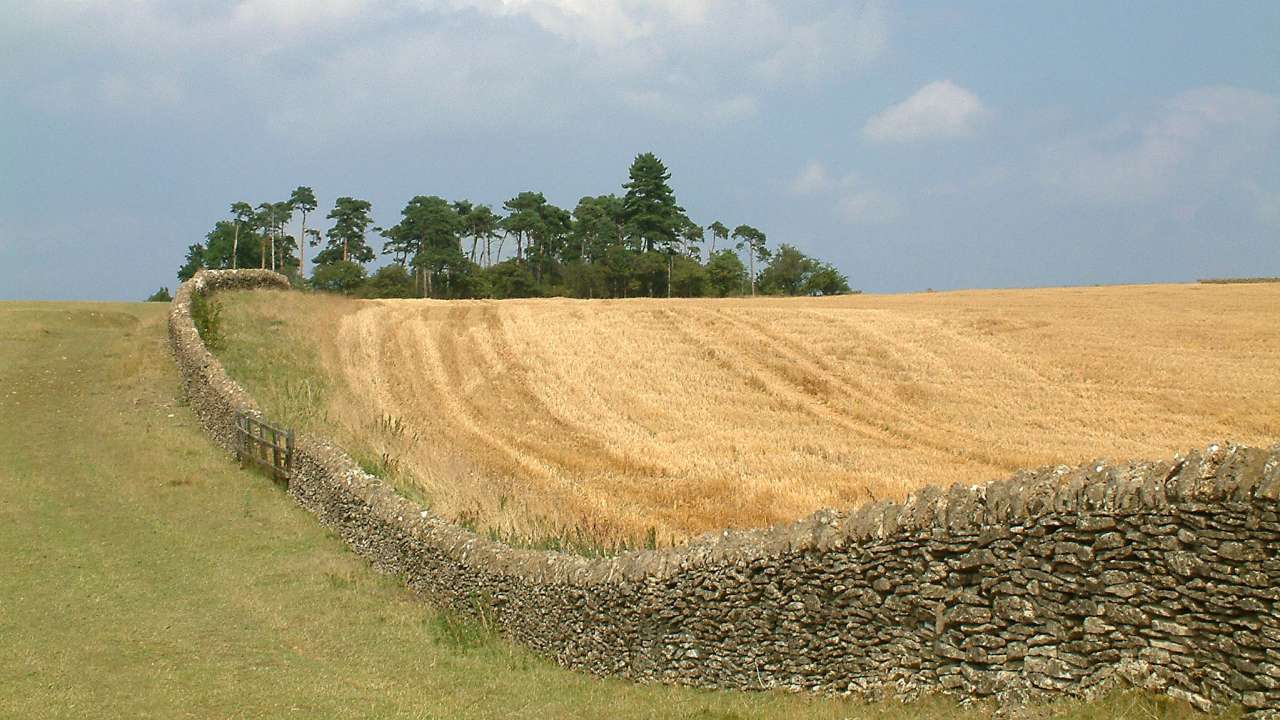How does direct drilling affect soil?

Photo: StephenDawson at English Wikipedia. / CC BY-SA
The idea behind direct drilling as a soil improving practice is to leave the soil in fields as undisturbed as possible. However, there has been little research into the effects that direct drilling can have on water-related soil functions in areas with high precipitation.
As part of the work on her PhD at the University of Gloucestershire, NIBIO researcher Kamilla Skaalsveen compared the effects of direct drilling and conventional farming on two neighboring farms in Worcestershire in the UK. For some variables, she discovered there were bigger differences between soil types than there were between the different farming systems.
"In the silty clay soil on the farm that practiced conventional farming, the volume of organic material was roughly the same as that on the neighboring farm that practiced direct sowing. However, in the relatively poorly structured sandy soil, direct drilling appeared to be more effective at increasing the organic content."
Soils in which direct drilling is practiced tend to develop a compacted and hard soil crust because the soil is left relatively undisturbed. This crust can reduce the water infiltration rate into the soil, but Skaalsveen discovered that this also depended on soil type. Moreover, the results showed that the concentration of loose and bioaccessible phosphate increased downstream of fields that were direct drilled.
"This is due to the accumulation of plant material on the surface of the soil in this farming system," Skaalsveen says. She adds that cover crops are an important element of direct drilling, as they can improve the soil structure, and help to reduce nutrient loss through nitrate leaching. However, phosphate is taken up by plants more slowly, which means that this is still a challenge.
"Whether direct drilling should be recommended as a means of improving water quality therefore depends largely on soil type and whether soil erosion or phosphate leaching represents the greatest threat," Skaalsveen concludes.
